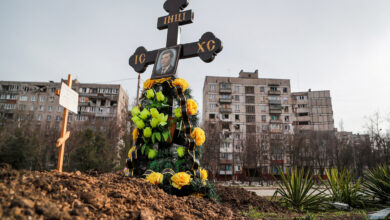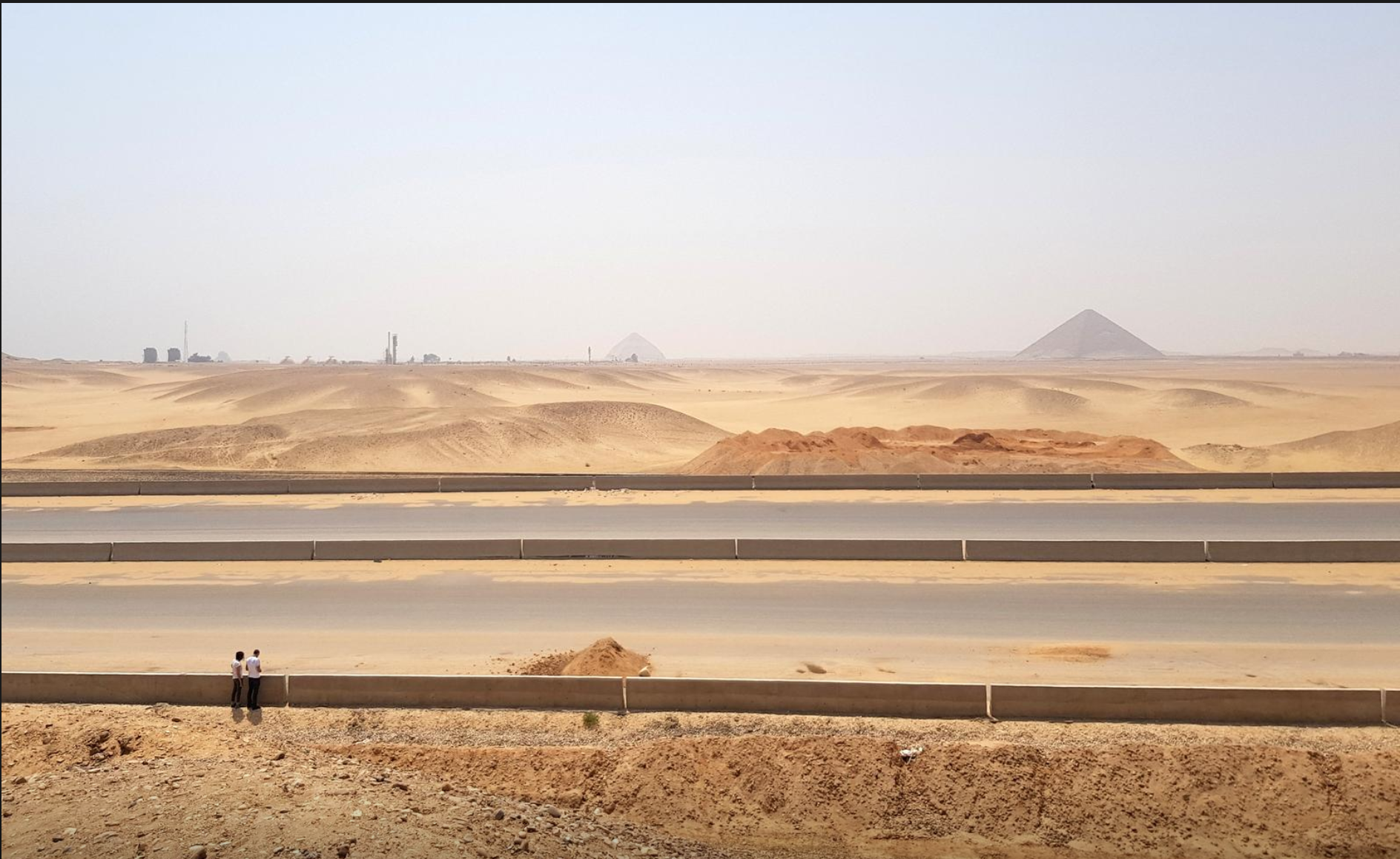A city divided by a mighty river, Cairo seriously needs the bridges that link its three main districts. The neighborhoods of Old Cairo ,Giza and Zamalek are connected through a number of high-flying bridges that take you anywhere, anytime, at any speed.
A fascination with old bridges around Cairo, however, is understandable, especially with such bridges’ historical significance and the cultural associations they have for Cairenes.
“We meet every Thursday here on Qasr al-Nil bridge,” says Ayman Mohamed, a 22-year-old university student who was trying to climb the lion at one end of the bridge. His friend couldn’t hear Al-Masry Al-Youm’s reporter asking his name due to a traffic jam and the angry honks of cars. The nameless climber was posing for a picture with one of the four lion statues–a typical shot.
Salah Issah, a prominent Egyptian historian and journalist, said that Qasr al-Nil bridge and its lions have many stories to tell.
“This bridge was built back in the time of Ismail Pasha, the Khedive of Egypt, and was named after him as well, before the name changed in the 1950s,” says Issah, sitting behind his desk, visible through a small opening between the piles of books on it.
“There used to be a small wooden bridge in its place, but Ismail Pasha decided to renovate the bridge as part of his plan to renovate the whole city of Cairo.”
According to Issah, one of the most important reasons for the historical significance of Qasr al-Nil bridge is its location. “It was located next to the famous military camps that were the headquarters of the Egyptian army up until the British occupation of Egypt in the 1880s. These camps then became the headquarters of the British Army,” Issah explains.
“For security reasons, they were built to face the river directly, which led to their destruction in 1951; they were destroyed to open the road now known as the Corniche”.
On the other side of the city, another structure comes to mind when thinking of historically interesting bridges: Abbas bridge, connecting Old Cairo and Giza directly.
It is a favorite for fishermen who sit quietly for hours with their fishing gear and cups of tea, waiting for the fish to come.
“I never take the fish home with me,” says Khaled Abdul Mageed, a 45-year-old fishermen sitting near the Giza end of Abbas bridge on his own plastic chair, waiting for the fish to pick him tonight.
“I like fishing for the kick of it; I return the fish to the Nile the minute I catch it.” The man looks amused when asked why he doesn’t take the fish to his family and eat them, but refuses to answer the question.
“This new Abbas bridge was created after the revolution in Egypt,” says Issah, standing up to get an old-looking book so he can demonstrate his stories on an old map. “The bridge used to be the most important in Cairo for years. It used to be the only bridge connecting Cairo and Giza together, and the only bridge that allowed students to cross from Cairo to Cairo University on the other side of the Nile.
“It was a bridge of demonstrations,” Issah points out. “Back then,when the students of Cairo University went out on a demo, they would cross this bridge towards Cairo, and the whole Egyptian street followed them.”
But such demonstrations were not without blood.
In 1935, according to Issah, students went out demonstrating against the British occupation of Egypt, and in 1946 against the Anglo-Egyptian Treaty of 1936, which gave gradual control back to the government of Egypt.
Both times security forces blocked both sides of the bridge, forcing the students to stay on it or jump in the Nile.
Indeed some did decide to jump, and two, Abdulhakam al-Garahi and Ali Taha Afifi, died as a result.
On the other side of Cairo, Imbaba bridge stands still while trains heading for Upper Egypt cross it. The huge bridge, one of very few metal bridges in Cairo, is deserted by passersby but still holds a dear place in people’s hearts. “It reminds me of going back home,” says Zaki Abdullah, who works and lives in Cairo, far from his hometown of Minya in Upper Egypt.
“It’s a sign for me that I’m about to head to my old home and enjoy the company of my family”.
“Baume & Marpent was the Belgian firm that designed and built this wonderful bridge between 1912 and 1924 in Imbaba,” says Karima Haoudy,who works in the Ecomusée in Belgium, which has the firm’s most important archives.
“In fact they built more than 158 bridges in Egypt. Baume & Marpent specialized in railway construction, in metal structures.”
According to Haoudy, Baume & Marpent was one of the most important firms in Belgium and in Egypt.
Our latest series involves profiling the streets and districts of Cairo. An old and beautiful city, those of us living here often overlook the history and life of the streets we rush through on our way to work or the crowds we curse at when Cairo traffic stands still.Divided years ago by craft, class or religion, the districts and streets of Cairo still hold much of their original identity and are often still referred to by their original inhabitants. Every Saturday Al-Masry Al-Youm will bring you a different street or district of Cairo- stay tuned!




